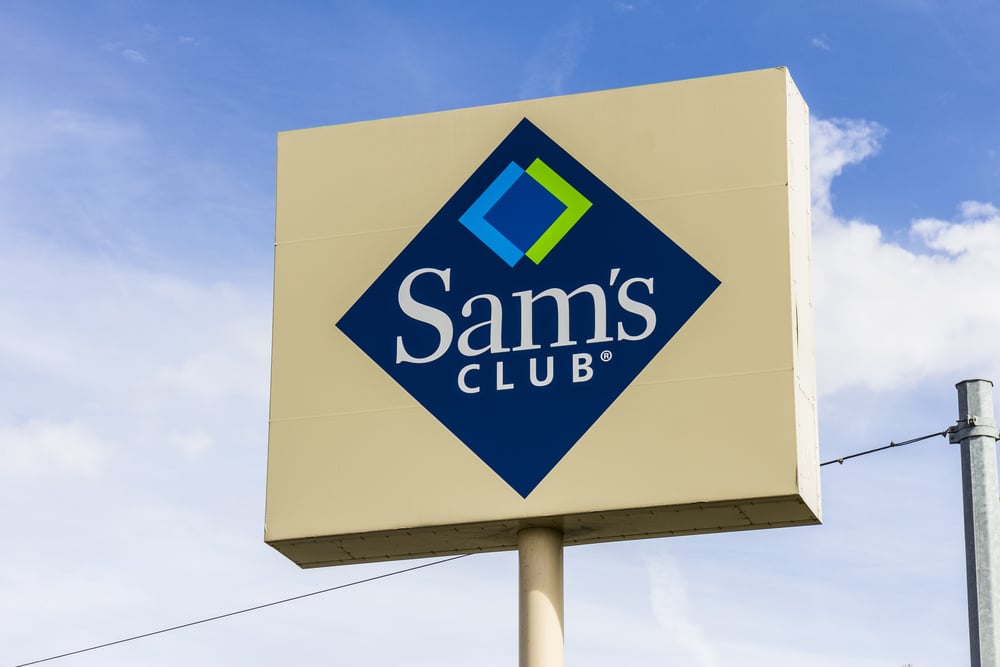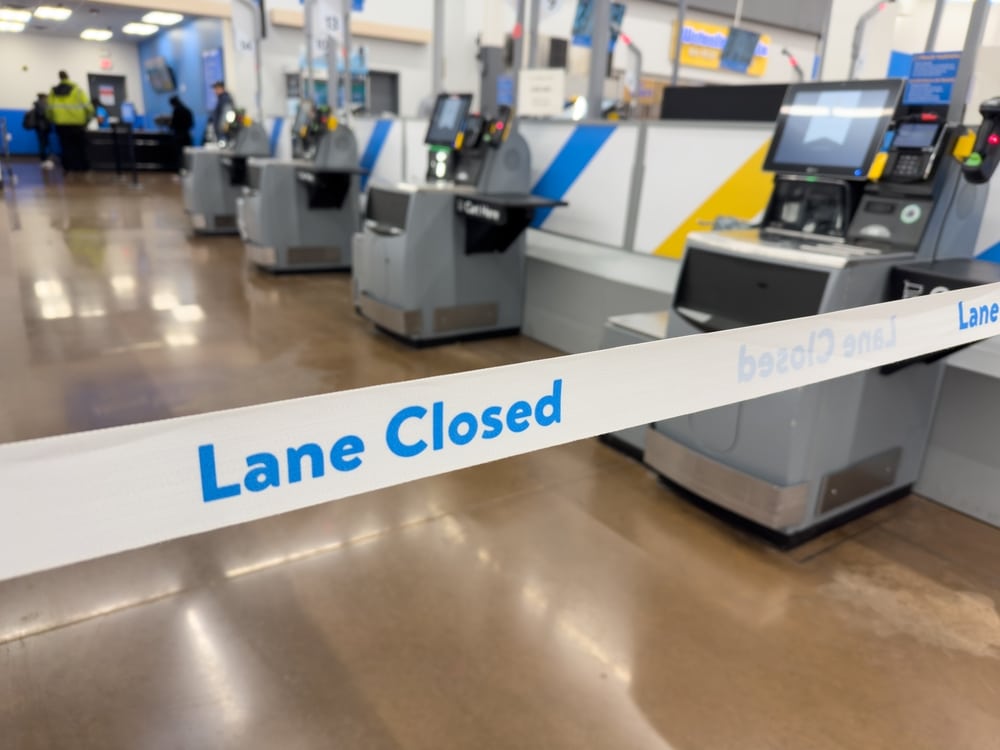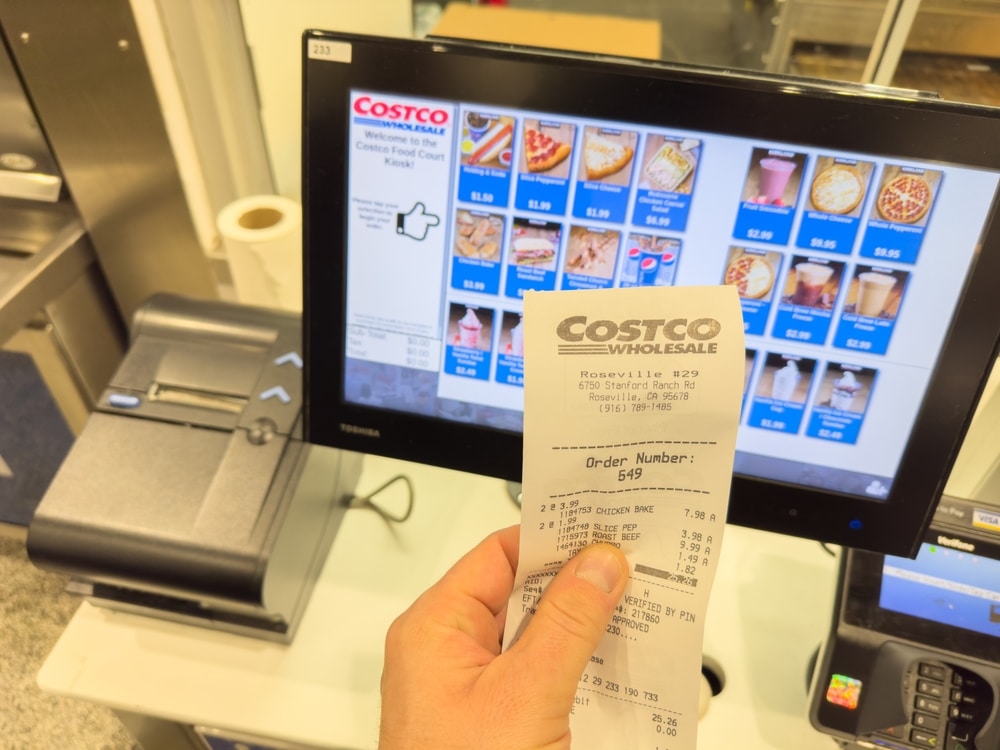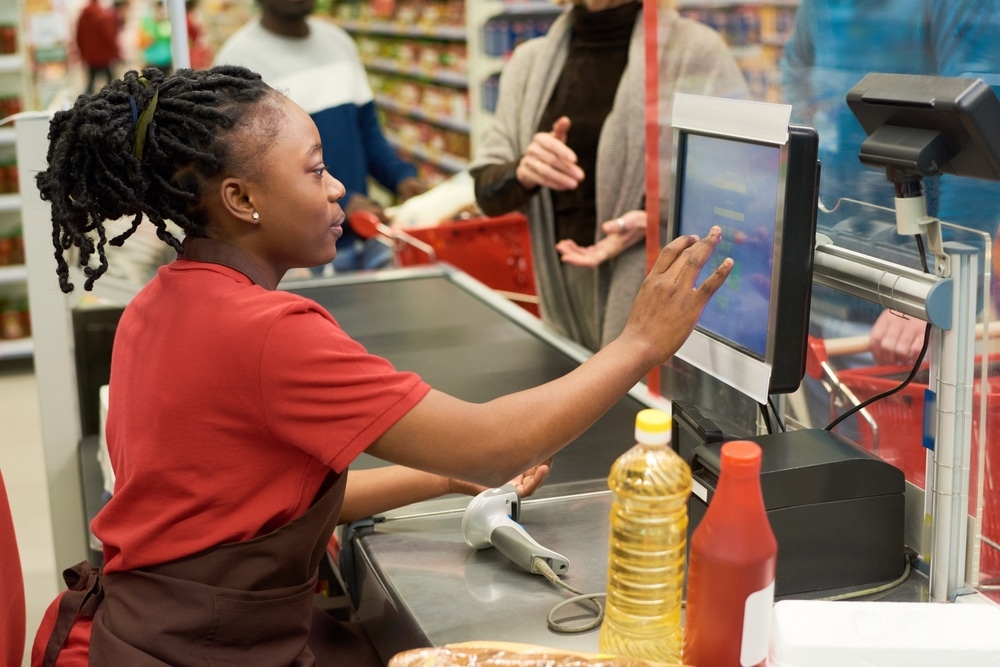Sam’s Club Rolls Out New Checkout Feature Costco Rejected


The battle between America’s two largest warehouse giants has taken another unexpected turn. As Costco doubles down on its traditional checkout lanes, Sam’s Club is pushing the limits of retail technology once again, with a bold new checkout system that promises faster exits, fewer lines, and less frustration for shoppers.
A New Kind of Checkout War

In recent years, warehouse clubs have struggled to balance efficiency and customer experience at the checkout line. Costco has remained committed to staffed registers, arguing that self-service models increase theft and reduce member interaction.
Meanwhile, Sam’s Club, owned by Walmart, has taken the opposite approach, betting big on technology to streamline shopping and enhance its digital-first reputation.
The Checkout Pain Point

Sam’s Club members have long complained about one major bottleneck: the final receipt check at store exits. These manual inspections, designed to prevent theft, often lead to long lines and delays, especially during peak shopping hours. For many, the time spent waiting after paying became one of the most frustrating parts of the experience.
Why Costco Said No

Costco tested similar automation in the past but ultimately rejected the technology due to concerns about reliability and loss prevention. Executives reportedly worried that automating the exit process would compromise security and accuracy.
Instead, Costco continues to rely on human receipt checkers, arguing that the face-to-face process reinforces accountability and customer engagement.
Sam’s Club’s High-Tech Solution

After months of pilot testing, Sam’s Club decided to roll out a new feature chain-wide: AI-powered exit verification through its Scan & Go system. The system uses computer vision to automatically confirm that every item in a shopper’s cart matches their digital receipt, no human verification needed. Cameras stationed at the exit area scan carts in seconds, reducing both congestion and human error.
How It Works

Once a member pays via the Sam’s Club app or register, a combination of sensors and computer vision automatically verifies the purchase before they leave the store.
According to the company, this upgrade eliminates the need for staff to manually check receipts, a process that once slowed down the experience. In theory, shoppers can simply walk out once payment is completed, their carts verified invisibly in real time.
The Bigger Picture: Automation and Theft Concerns

While many customers welcome the convenience, some experts warn that the technology introduces new challenges. AI verification may not always recognize every item accurately, especially with bagged or overlapping goods.
However, Sam’s Club claims that the system’s machine learning reduces “accidental theft”, the kind that occurs when items fail to scan, a problem that has plagued self-checkouts across the retail sector. Industry observers have noted that this system could be a model for retailers navigating growing concerns about automation and loss prevention.
Member Reactions

Early responses have been mixed. Some shoppers call it a “game changer,” praising the speed and lack of exit lines. Others say they miss the human touch or worry about data privacy and surveillance. A few employees confirmed that the new checkout feature has already expanded beyond initial test stores, suggesting a full-scale nationwide rollout is imminent.
A Glimpse Into the Future of Retail

Retail analysts see Sam’s Club’s move as a glimpse of where large-format retail may be heading, which is toward fully automated shopping environments where checkout disappears altogether. If successful, competitors may be forced to follow.
The global market for self-checkout technology, estimated at nearly $5 billion in 2024, is projected to double by 2030 as more retailers invest in AI-powered automation to reduce costs and improve efficiency.
Technology Takes the Lead

In choosing to embrace a feature its biggest rival rejected, Sam’s Club is staking its future on innovation over tradition. The move underscores how differently major retailers view the balance between security, service, and speed.
Whether this bold experiment becomes the new industry norm, or a costly lesson in over-automation, remains to be seen. But for now, Sam’s Club is betting that technology, not human labor, will define the next era of checkout.
